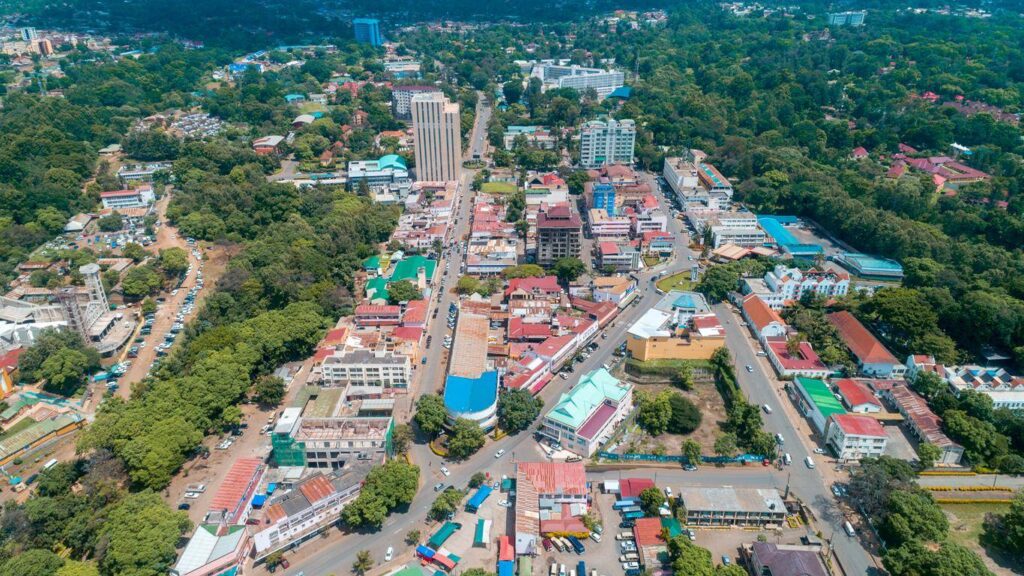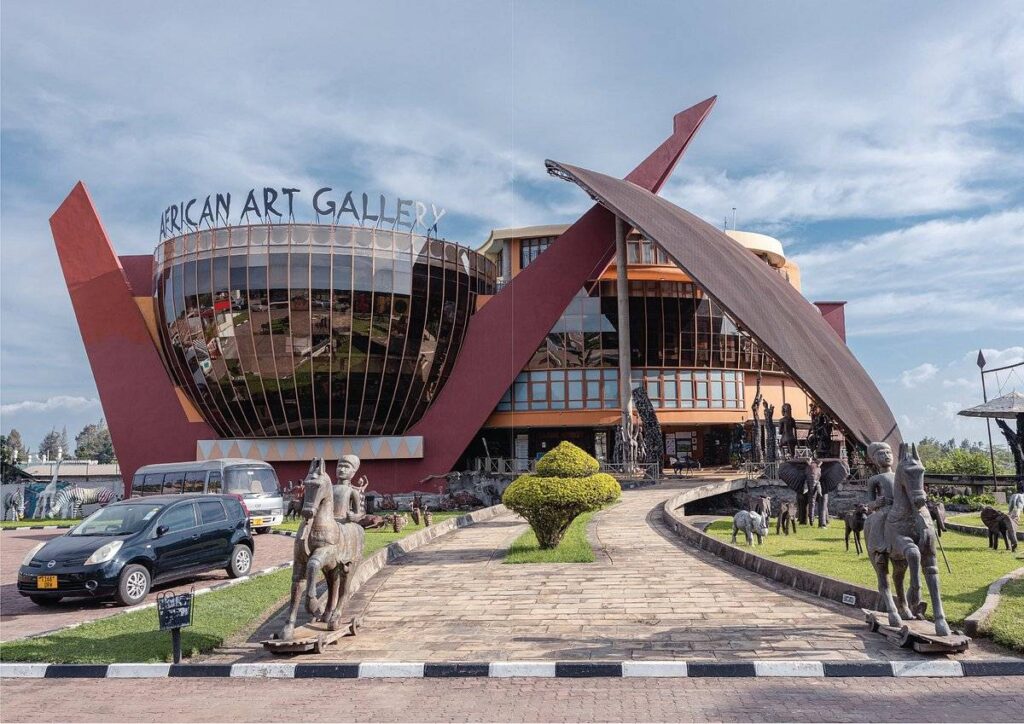15 Interesting Facts About Arusha Tanzania
15 Interesting Facts About Arusha Tanzania: Tanzania’s Northern city of Arusha is a fascinating travel destination that provides a distinctive fusion of adventure, nature, and culture. The town’s charming location, encircled by the magnificent Mount Meru and the Ngorongoro conservation area, offers a peaceful atmosphere for exploration and leisure. Arusha is a well-liked destination for tourists looking to take in the splendor of Tanzania’s animals and landscape, serving as the starting point for numerous safaris and treks. Arusha has enough to offer all kinds of tourists, from its breathtaking natural surroundings to its rich cultural legacy. The following 15 facts about Arusha will entice you to travel to this stunning city.

The capital of tourism: With a population of more than 400,000, Arusha is one of Tanzania’s biggest cities. It is the capital of the larger Arusha region and is well situated in the country’s north, which is home to some of the greatest national parks in East Africa. Because to its location at the base of Mount Meru, the city receives enough rainfall to stay green all year round. It is understandable why it is referred to be Tanzania’s “green city.”
A multicultural country: People from a variety of origins live in the multicultural city of Arusha. There are local indigenous tribes, mixed-race Tanzanians (Arab, Swahili, and Indian), and a sizable European population. Residents live a more relaxed lifestyle, and the city is comparatively small. Due to its history of housing UN and African Union headquarters, the city boasts a robust diplomatic community. The three major religions are Christianity, Islam, and Hinduism.
The starting point for numerous national parks and reserves: Because it serves as the gateway to visitors who wish to explore Mount Kilimanjaro, Mount Meru, the Serengeti National Park, the Ngorongoro Crater, Lake Manyara National Park, and Tarangire National Park, Arusha is frequently referred to as Tanzania’s safari capital. Additionally, the Masai Mara Game Reserve in Kenya is not far from Arusha. Despite being frequently disregarded by foreign visitors en route to safaris in the neighboring national parks, Arusha city is a destination unto itself, offering an abundance of activities.

UNESCO World Heritage Site: In 1979, the Ngorongoro Crater and the neighboring Ngorongoro Conservation Area were designated as UNESCO World Heritage Sites. The biggest dormant volcano crater in the world is the primary feature of the 8,292-square-kilometer Ngorongoro conservation area. The dimensions of this caldera are 20 kilometers long, 300 square kilometers wide, and 600 meters deep. One of the world’s great wonders, according to some, is the caldera. Black rhinoceroses, zebras, waterbucks, wildebeest, lions, leopards, hippos, cheetahs, jackals, and eland are among the numerous creatures that can be seen on a safari at the Ngorongoro crater. Expect to meet native tribesmen who live in the area, in addition to seeing some of the greatest concentrations of wildlife in the world.
Arusha is a cultural melting pot where African, European, and Asian communities have left their mark. The city is a great destination to encounter diverse cultures because it is home to more than 100 distinct ethnic groups.
Mount Meru, Tanzania’s second-highest mountain at 4,565 meters, is located at the base of Arusha. In addition to a climbing track, the summit offers stunning views of Mount Kilimanjaro and the surrounding area.
With numerous coffee farms nearby, Arusha is well-known for producing coffee. To honor the coffee tradition of the area, the city organizes the Arusha International Coffee Festival every year.
Medical Care: The Arusha Regional Hospital and International Medical Center are two of the city’s many hospitals and medical facilities.
Education Arusha is home to a number of colleges and universities, such as Mount Meru University College and the University of Arusha.
Cuisine Arusha is renowned for its mouthwatering food, which includes both world cuisine influenced by the city’s multicultural populace and native Tanzanian delicacies.
Tower Clock: Constructed by German settlers in the early 1900s, the Arusha Clock Tower is a well-known landmark in the city center and represents the city’s rich cultural legacy.
Community headquarters in East Africa: The East African Community headquarters, which encourages regional integration and collaboration among the member states of Kenya, Uganda, Tanzania, Burundi, Rwanda, and South Sudan, is surprisingly located in Arusha.
Outdoor pursuits: Hiking, mountain biking, and rock climbing on Mount Meru or the neighboring Mount Kilimanjaro were among the many outdoor adventure activities available in Arusha.
Handicrafts and mementos: Visitors can find unique items including wood carvings, batik textiles for clothing, scarves, and home décor, as well as handcrafted jewelry made from beads, seeds, and semi-precious stones at the city’s thriving artisan markets.
There are also a number of naturally occurring hot springs in the city, such as the Momella and Kedi hot springs, which are thought to offer medicinal benefits.
These are only a handful of the numerous fascinating facts about Tanzania’s Arusha. Travelers from all over the world are drawn to the city because it provides a distinctive fusion of cultures, nature, and adventure.



